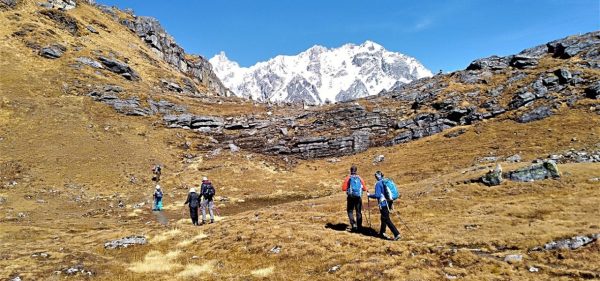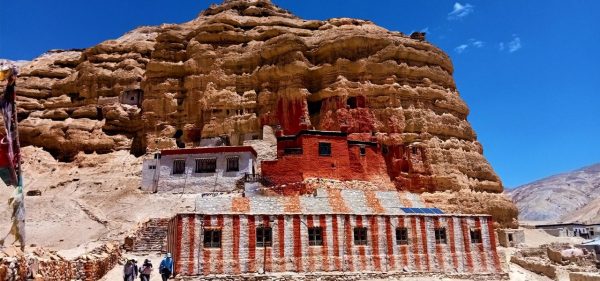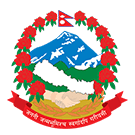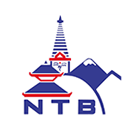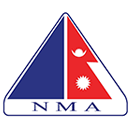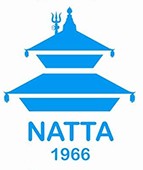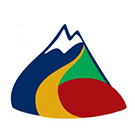Trip Facts
Trip Overview
Naar to Upper Mustang Trek: Ultimate High-Altitude Adventure in Nepal
The Naar to Upper Mustang Trek is an epic and challenging journey through one of Nepal’s most remote and culturally rich regions. This 26-day Naar to Upper Mustang Trek links the hidden Nar Phu Valley with the mysterious Upper Mustang, , near the Tibetan border.
Starting from the isolated village of Nar, trekkers follow rugged mountain trails and cross the demanding Teri La Pass (5,595 m / 18,356 ft.), one of the highest trekking passes in Nepal. The Naar to Upper Mustang Trek offers a truly off-the-beaten-path experience, combining adventure with cultural discovery.
This trek provides breathtaking panoramic views of the Himalayas, including Annapurna, Dhaulagiri, Manaslu, and the Tibetan Plateau. Along the route, trekkers encounter diverse landscapes, including lush alpine valleys, vibrant yak pastures, arid desert plateaus, and deep red canyons. The trail also passes ancient cliffside caves, centuries-old monasteries, and traditional Tibetan villages, all defining the unique charm of the Naar to Upper Mustang Trek.
Cultural Highlights of the Naar to Upper Mustang Trek
One of the cultural treasures of the Naar to Upper Mustang Trek is Lo Manthang, the walled capital of the former Kingdom of Lo. Lo Manthang reflects centuries of Tibetan Buddhist heritage, with ancient palaces and gompas (monasteries). Visitors enjoy authentic Mustangi hospitality and can witness traditional festivals and rituals preserved over generations.
Best Time to Do the Naar to Upper Mustang Trek
The optimal seasons for the Naar to Upper Mustang Trek are spring (March to May) and autumn (September to November). These months provide stable weather, clear skies, and incredible Himalayan vistas. In spring, blooming rhododendrons and lush green valleys enhance your Naar to Upper Mustang Trek, while autumn brings crisp air and excellent visibility of the surrounding mountains.
Physical Fitness and Preparation for the Naar to Upper Mustang Trek
The Naar to Upper Mustang Trek demands experienced trekkers with strong cardiovascular fitness and high-altitude trekking skills. Trekkers typically hike 6 to 9 hours daily over steep, rocky, and challenging terrain. Prepare with regular cardio exercises such as running, cycling, or hiking, and strengthen your legs and core through squats, lunges, and stair climbing.
Multi-day hikes with a weighted backpack simulate trekking conditions and improve stamina. Include acclimatization hikes whenever possible to reduce the risk of altitude sickness. While technical climbing is not required, physical endurance, mental resilience, and adaptability to altitude changes are crucial for the Naar to Upper Mustang Trek. Along the way, trekkers cross the high Teri La Pass and traverse glaciers, isolated villages, narrow trails, monasteries, and dense woodlands.
Permit and Group Requirements for Naar to Upper Mustang Trek
The Naar to Upper Mustang Trek passes through a restricted area, so solo trekking is prohibited. A minimum of two trekkers is required. Trekkers must secure the Annapurna Conservation Area Permit (ACAP) and a special restricted area permit from Nepal Immigration to enter Upper Mustang.
Why Choose Nepal Sanctuary Treks for the Naar to Upper Mustang Trek?
With over 27 years of experience, Nepal Sanctuary Treks specializes in trekking adventures across Nepal, including the Great Himalayan Trail. We organize both camping and teahouse lodge treks, tailoring the Naar to Upper Mustang Trek to your personal preferences, fitness level, and schedule.
As a Travelife Certified company, we prioritize sustainable and responsible travel. Our operations benefit the environment and local communities, while our professional guides ensure your safety and comfort throughout the Naar to Upper Mustang Trek.
We are committed to gender equality by empowering women-led businesses, promoting girls’ education, and hiring female tour guides.
Choosing Nepal Sanctuary Treks for your Naar to Upper Mustang Trek means not only experiencing a breathtaking Himalayan adventure but also supporting responsible tourism and sustainable practices.
Customizable Naar to Upper Mustang Trek
Discover the stunning Naar to Upper Mustang Trek in Nepal’s Annapurna region. Contact our experts to create a fully customized Naar to Upper Mustang Trek itinerary.
This is a sample itinerary for the Naar to Upper Mustang Trek and can be tailored to your preferences, fitness level, and travel style. We design each trek to ensure an unforgettable Himalayan adventure.
Note: Below Naar to Upper Mustang Trek’s hours, altitudes and distances are approximate, and absolutely for the general idea only.



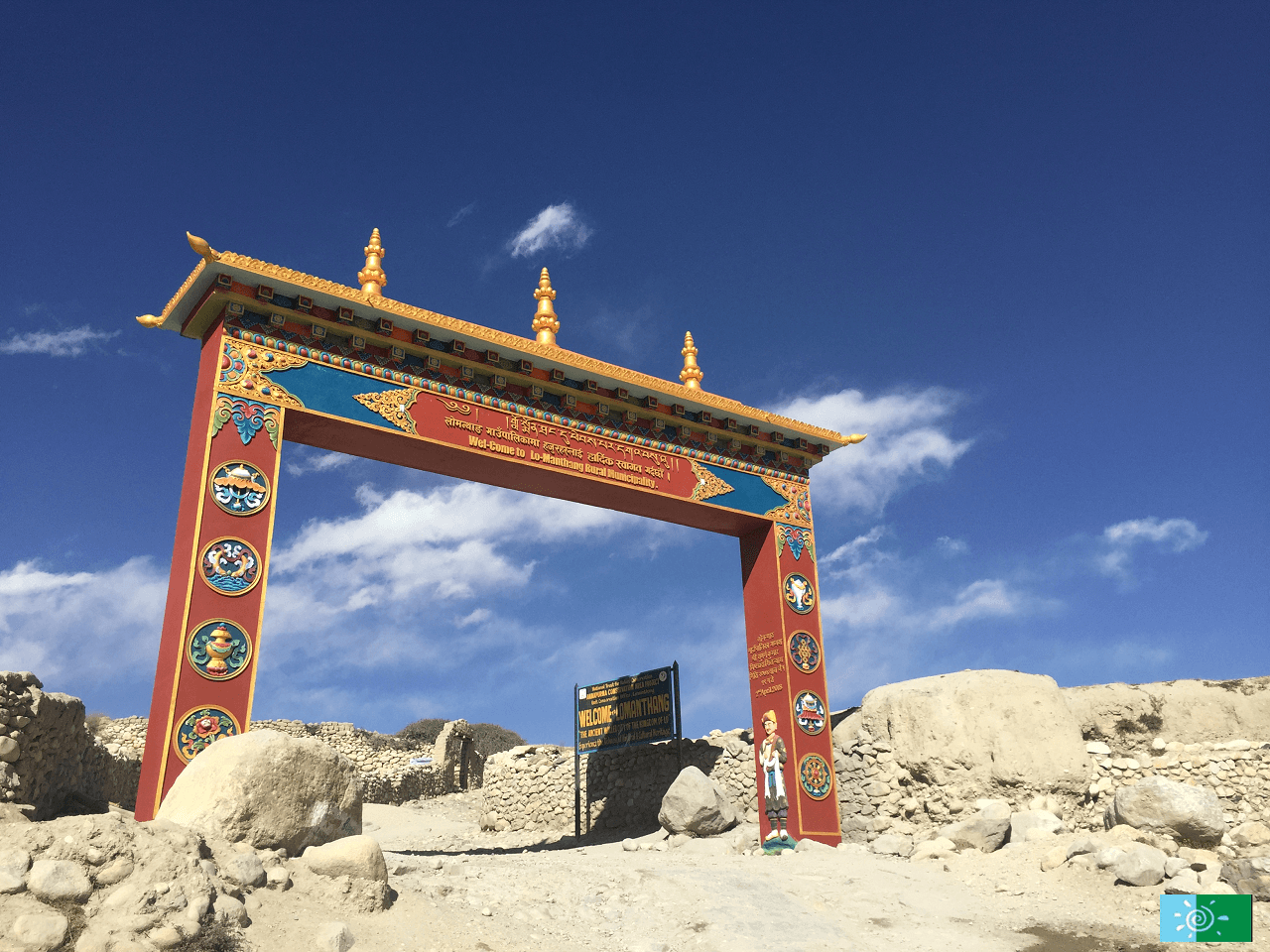
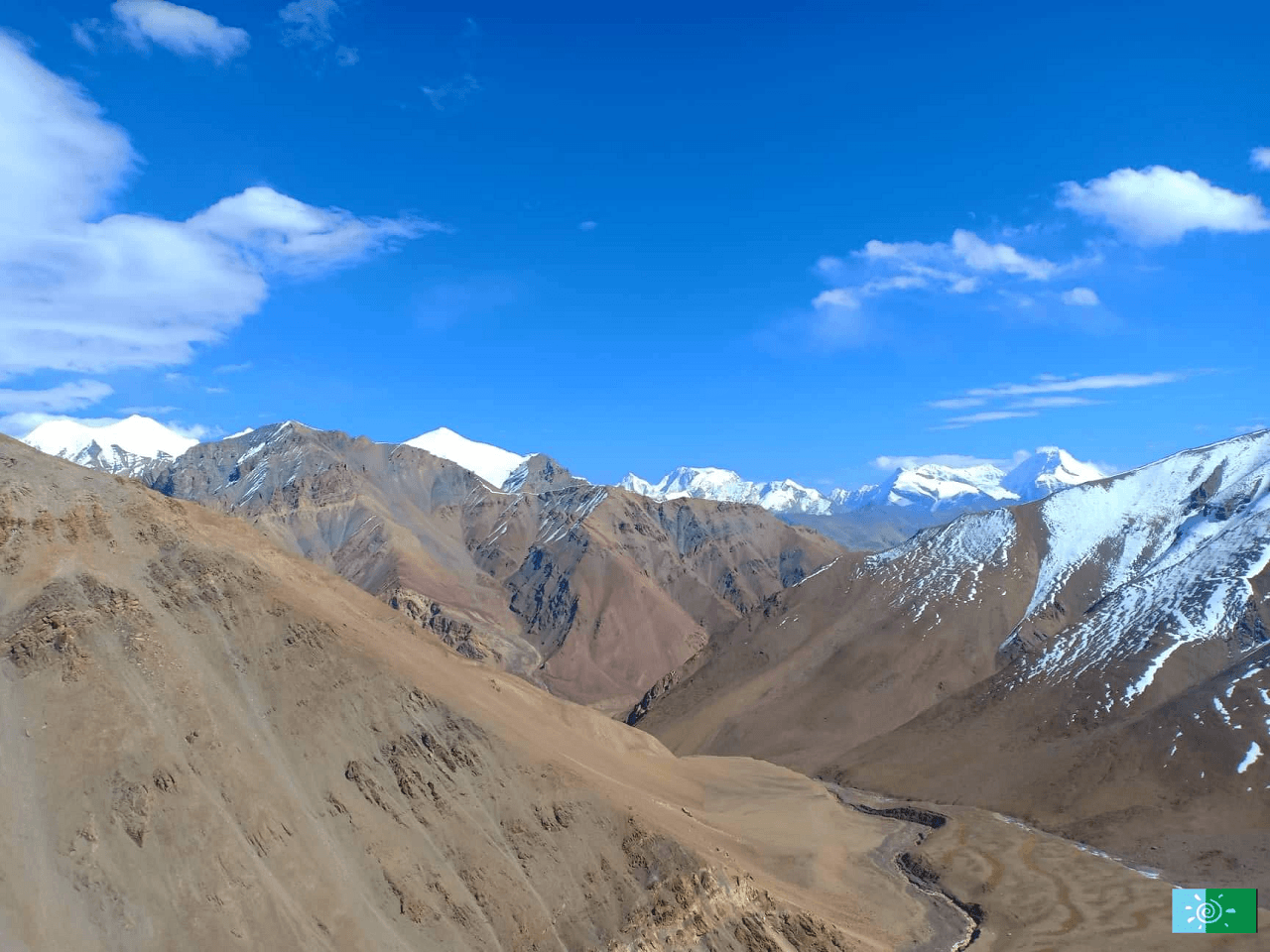
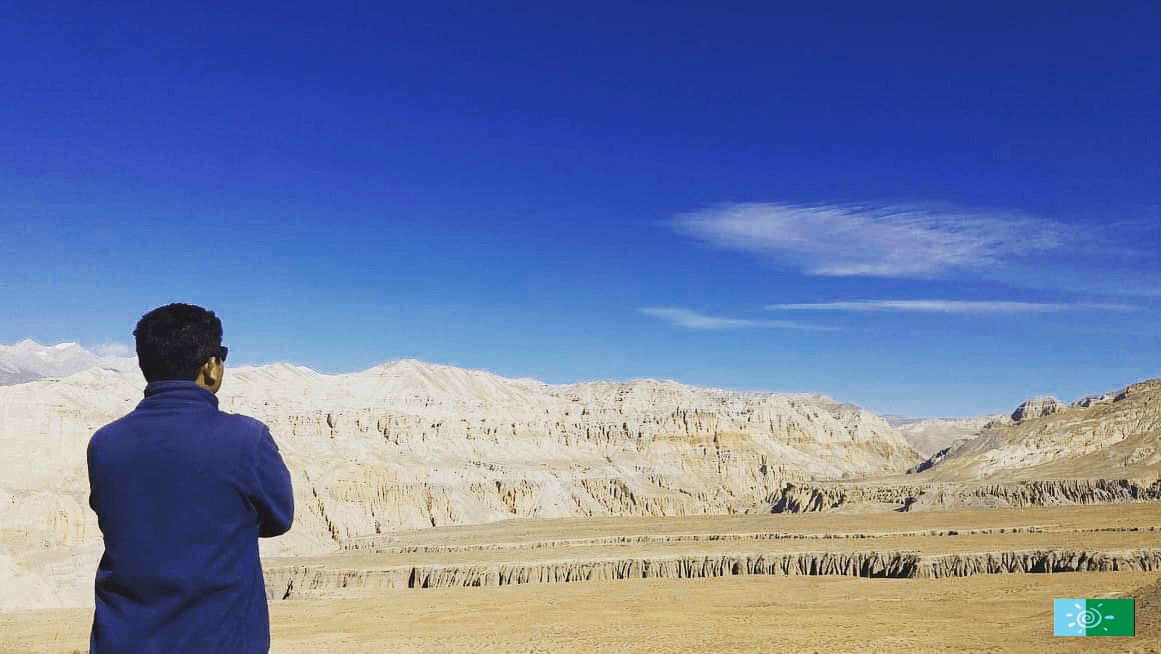
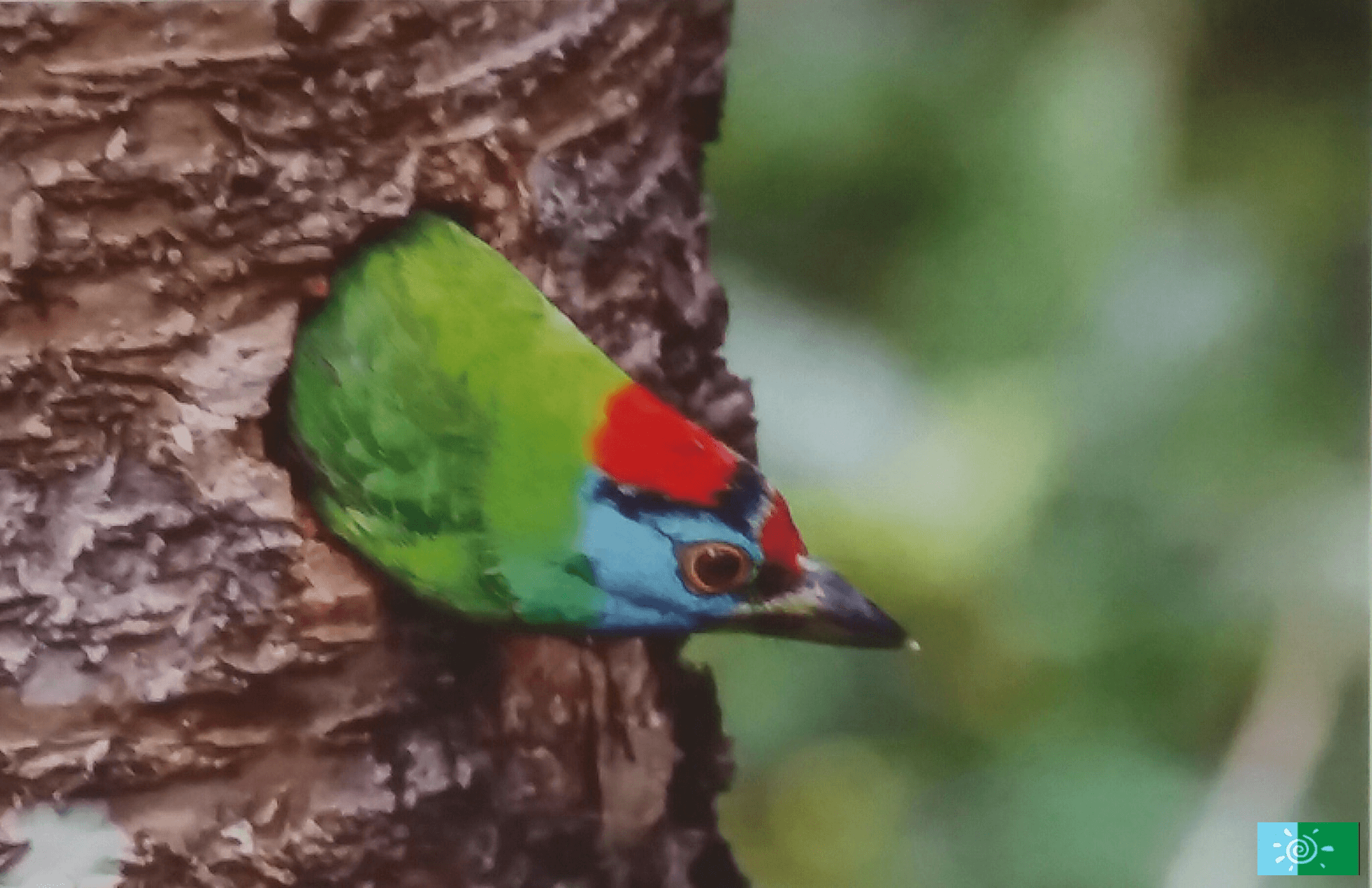
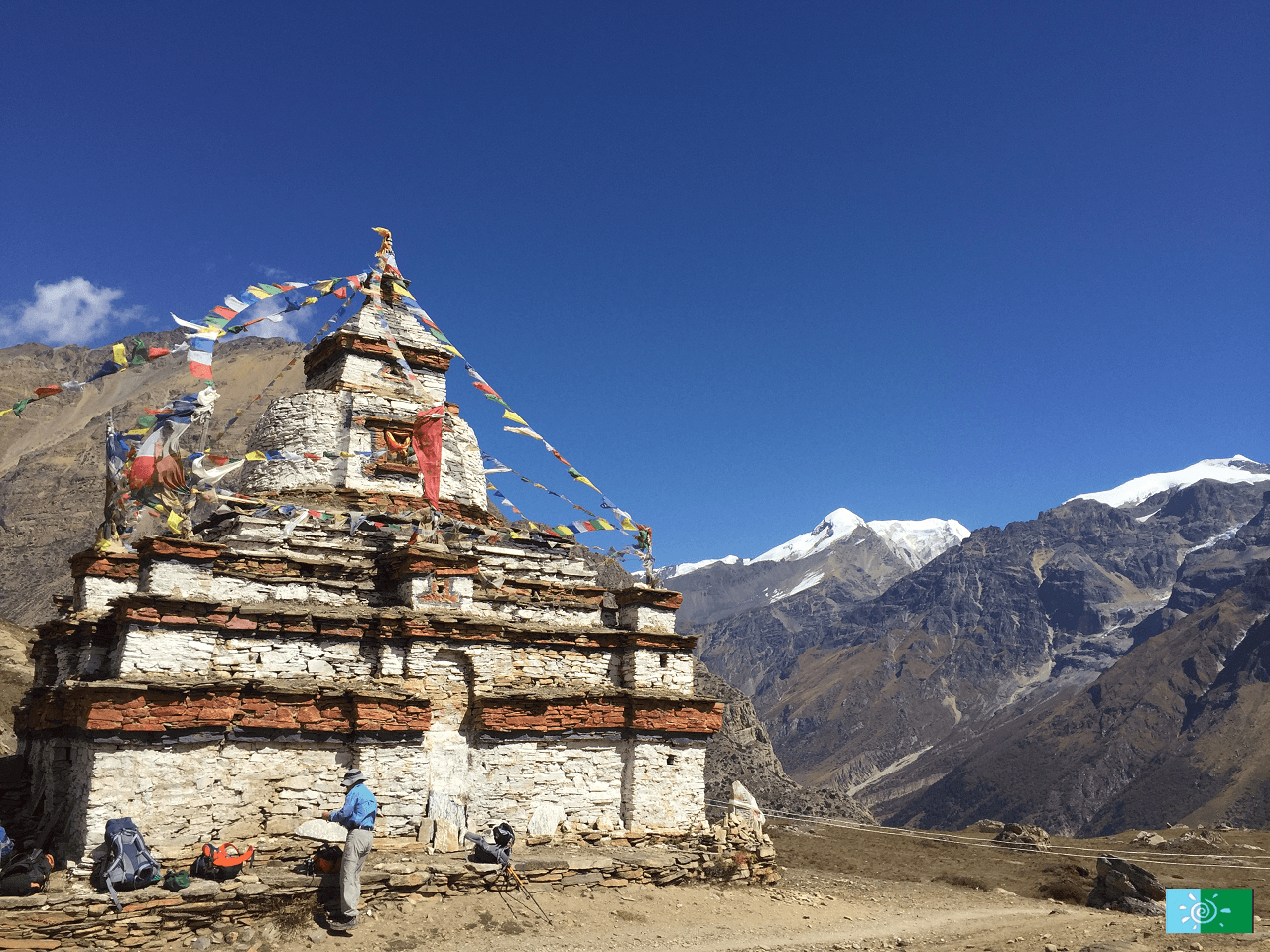

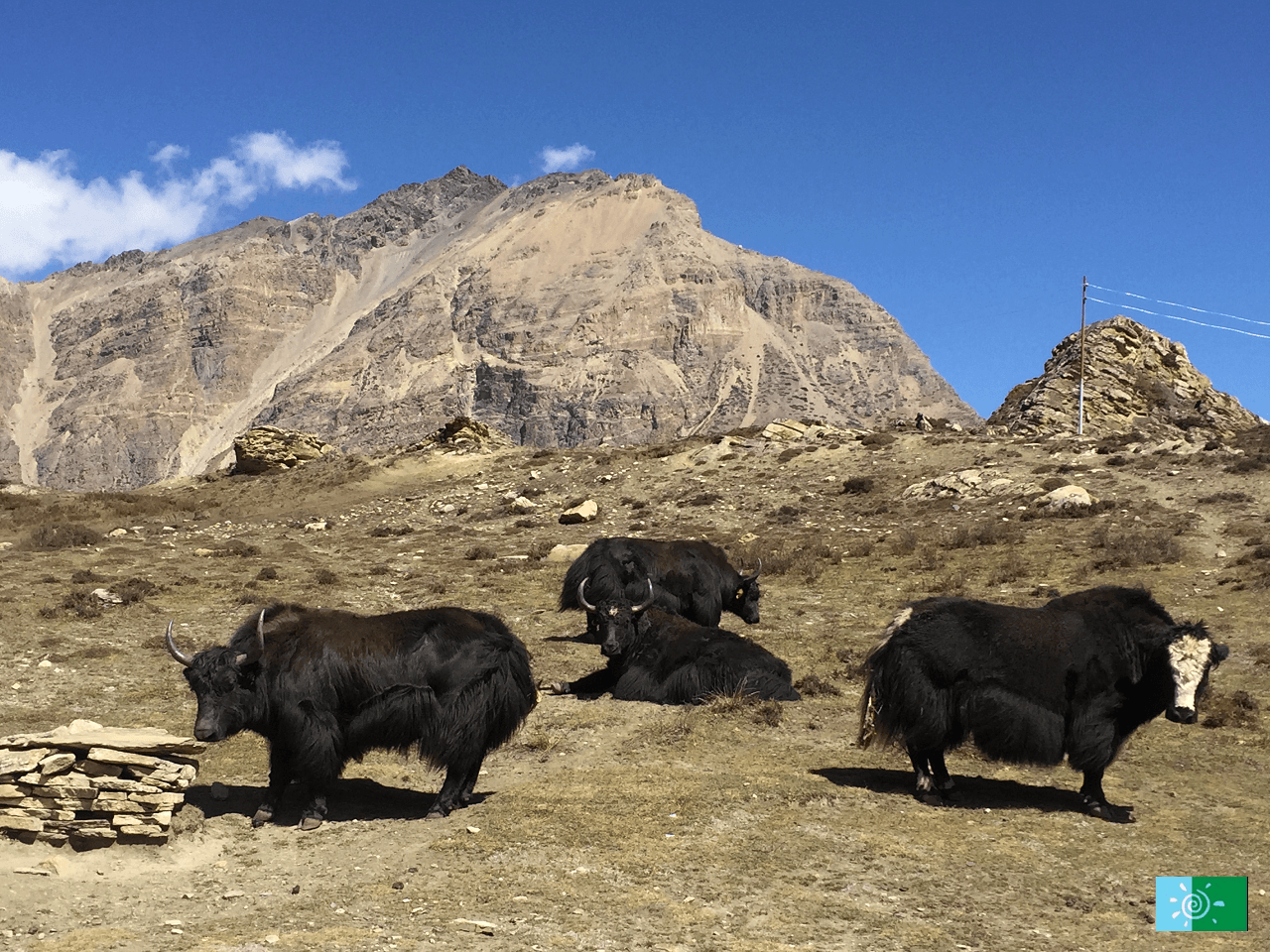
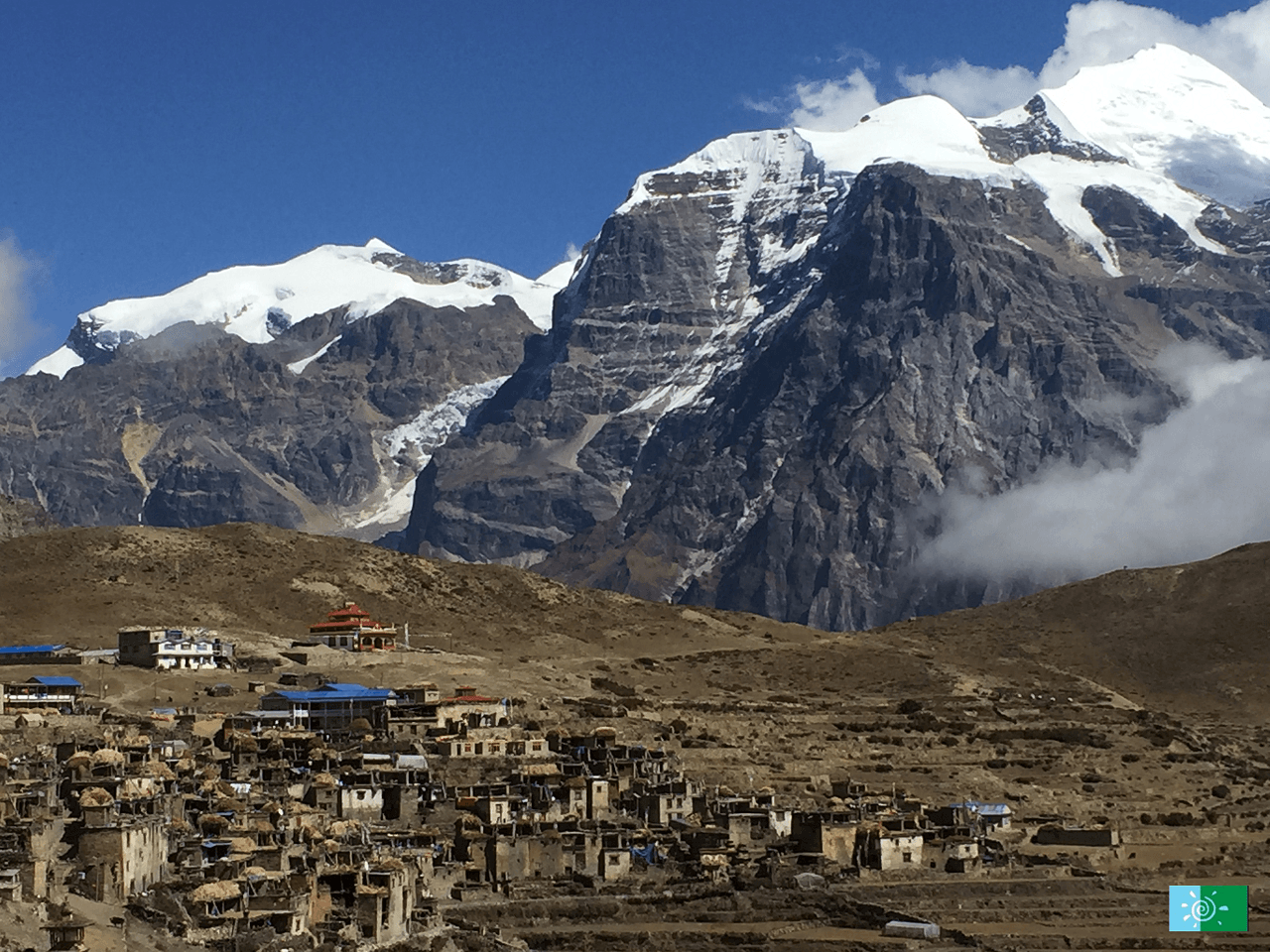
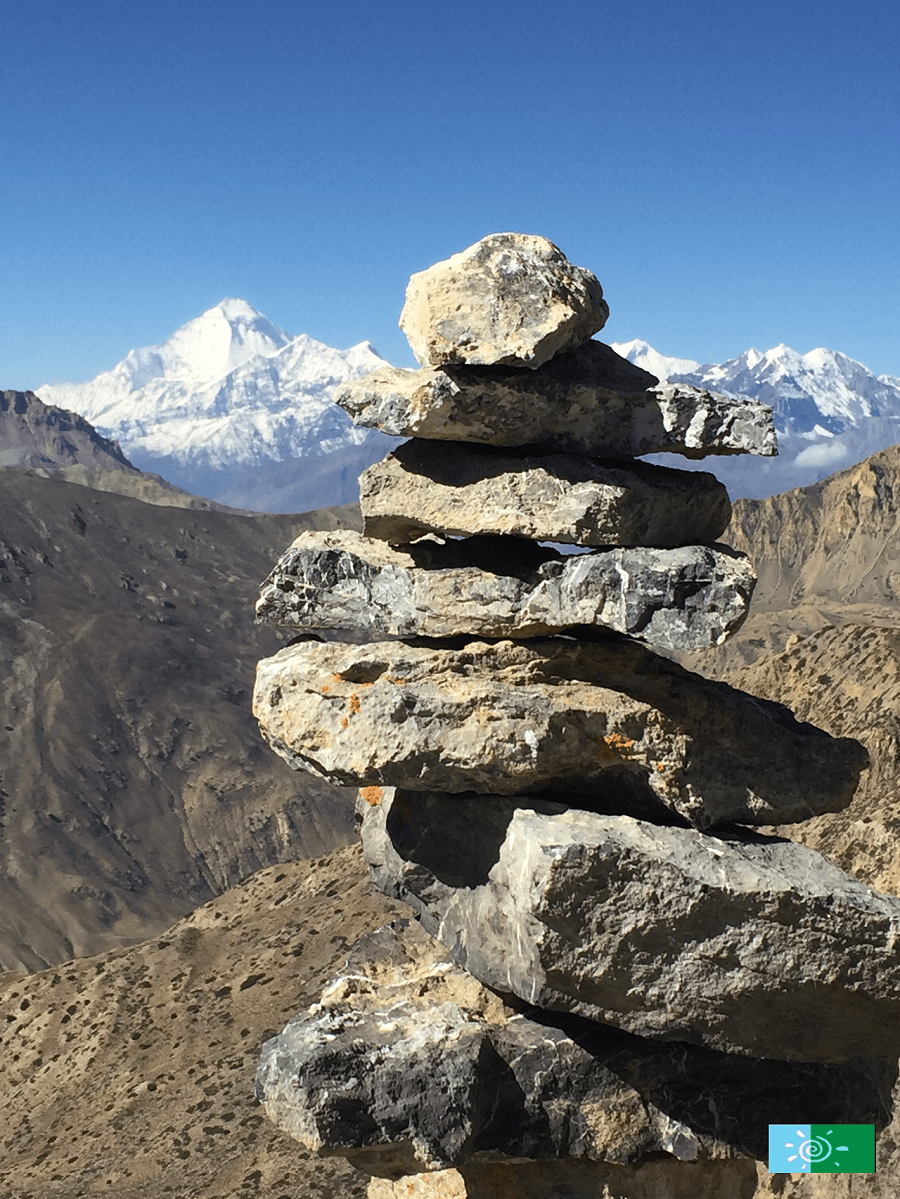

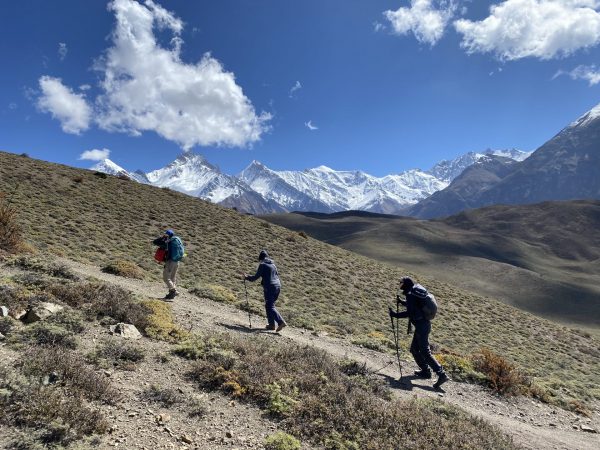
 Altitude:
3,710 m/12,171ft.
Altitude:
3,710 m/12,171ft.
 Difficulty:
Moderate
Difficulty:
Moderate
